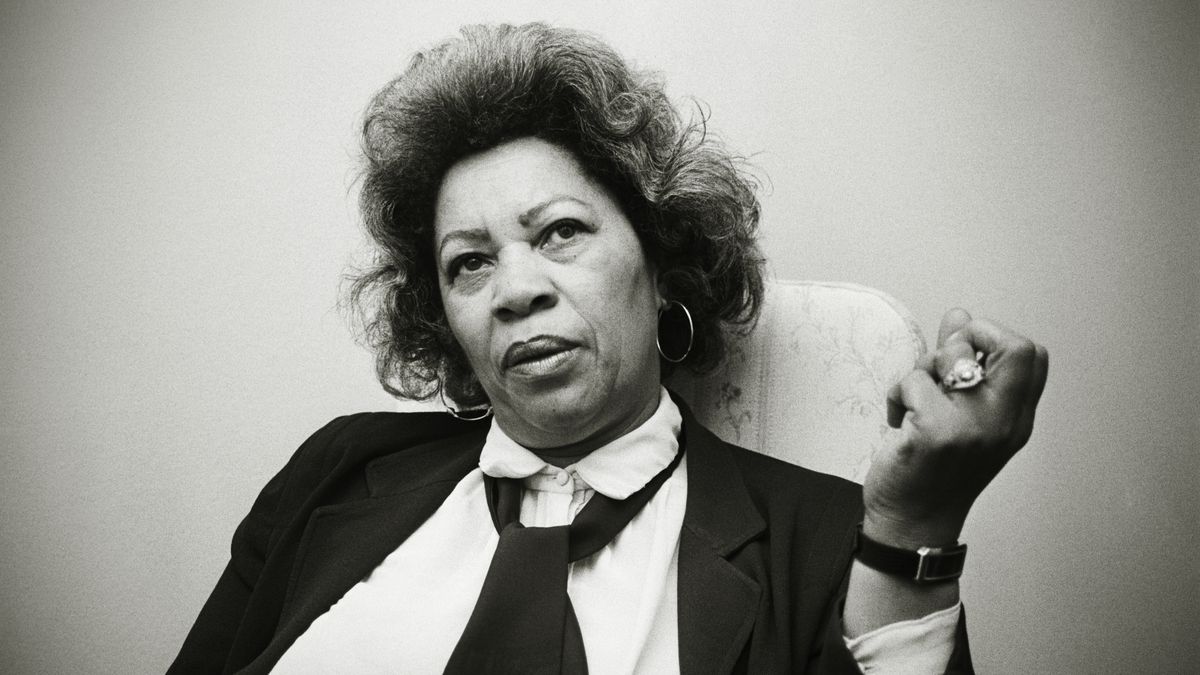TONI MORRISON
photo: getty images
Toni Morrison passed away this past week at the age of 88. The first African-American woman to win the Nobel Prize in literature, she was considered one of the great American authors and her work was pivotal in the depiction of black women’s lives. The quintessential writer, she published 11 novels, as well as plays, collections of short fiction, a libretto and multiple volumes of critical work as wells as several children’s books with her son Slade. Her critically acclaimed work dealt with horrific pain, family, and the interwovenness of time. On top of her success as a writer, Morrison is also remembered for her dazzling career as an editor at Random House and for her work as a professor at Princeton.
Toni Morrison was born Chloe Ardelia Wofford in Lorain, Ohio in 1931, the second child out of four to a mother named Ramah and a father named George. Both of her parents were from the South, from Alabama and Georgia respectively and had moved to live in an integrated town in the North. It’s true that job opportunities were better in Ohio, but her father left Georgia at the age of 15 after two black businessmen on his street were lynched. Morrison knew on some level that her father was traumatized, even though he didn’t speak about it. “He never told us that he’d seen bodies. But he had seen them. And that was too traumatic for him,” she noted.
Listening to storytelling was a big part of her childhood. Though her mother belonged to the African Methodist Episcopal Church, Morrison felt drawn to Catholicism and joined the Catholic Church at 12, taking on the baptismal name of Anthony (after Anthony of Padua), which lead to the nickname Toni. She read widely and was extremely involved in high school, participating in debate, yearbook and drama, before leaving for Washington D.C. to attend Howard University. She was drawn to the school by a desire to be around black intellectual life but it was in DC that Toni first encountered widespread segregation.
After graduating in 1953 with a degree in English, Toni went on to complete a Master’s in American Literature at Cornell in 1955, where she wrote her thesis on “the treatment of the alienated.” She went on to teach at Texas Southern University and then spent 7 years teaching at Howard. During this time she also met her future husband, Harold Morrison, an architect and they got married in 1958.
Morrison with her sons Slade and Ford in December 1978. (Photo by Jack Mitchell/Getty Images)
They spent six years married to each other and had two children, Ford and Slade. When the couple divorced in 1964, Toni was pregnant with her second child. She took a job working as an editor for Random House in Syracuse, New York and eventually moved to the Random House office in New York City, where she was responsible for publishing work by authors like Angela Davis, Toni Cade Bambara, June Jordan and Muhammad Ali. It was while working here, at the age of 39, that Toni Morrison began writing her first novel.
Praised for the exact and evocative nature of her words, Toni Morrison is remembered for more than just her technical skill. She had an unrivaled ability to present such a remarkably new vision of the world in both her critical and creative work. Morrison didn’t quite offer up what was expected by audiences as “the black American story,” but she didn’t write in opposition either. As a black woman who’s also from the Midwest, I admired how Toni Morrison simply put forward what she recognized as the truth, and this authenticity did the work of moving her from the “from the racial object to the racial subject,” shifting our perspectives closer to those of her characters. In the course of her career, Toni Morrison was honored with a National Book Critics Circle Award, an award from the American Academy of Arts and Letters, the Pulitzer Prize, and of course the Nobel Prize for Literature, as well as a National Arts and Humanities award presented on behalf of the American people by President Clinton. How much her wisdom and writing meant to so many people can’t be expressed completely with a list of awards, but it does offer a glimpse of just how much she ushered into the world.


